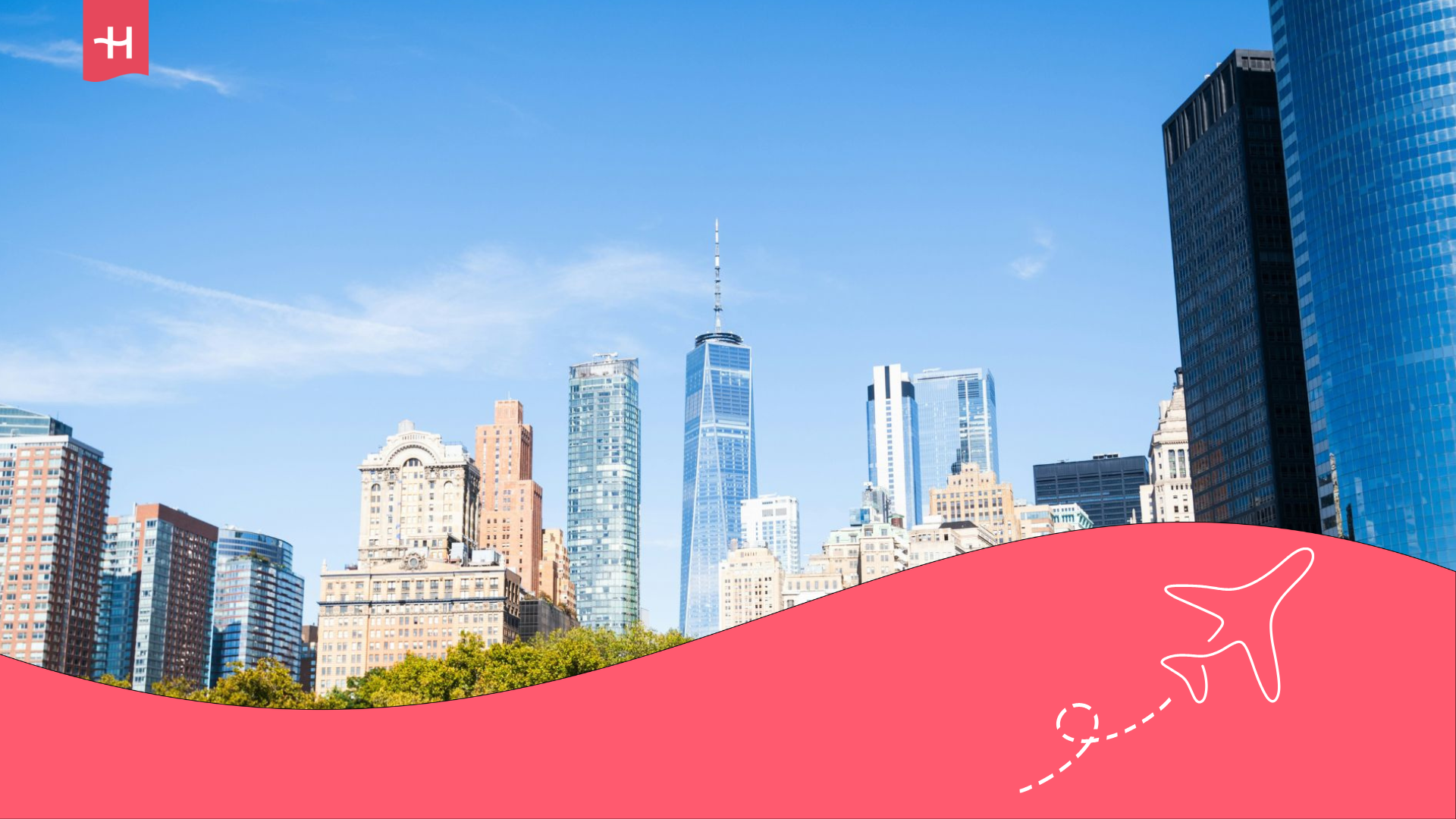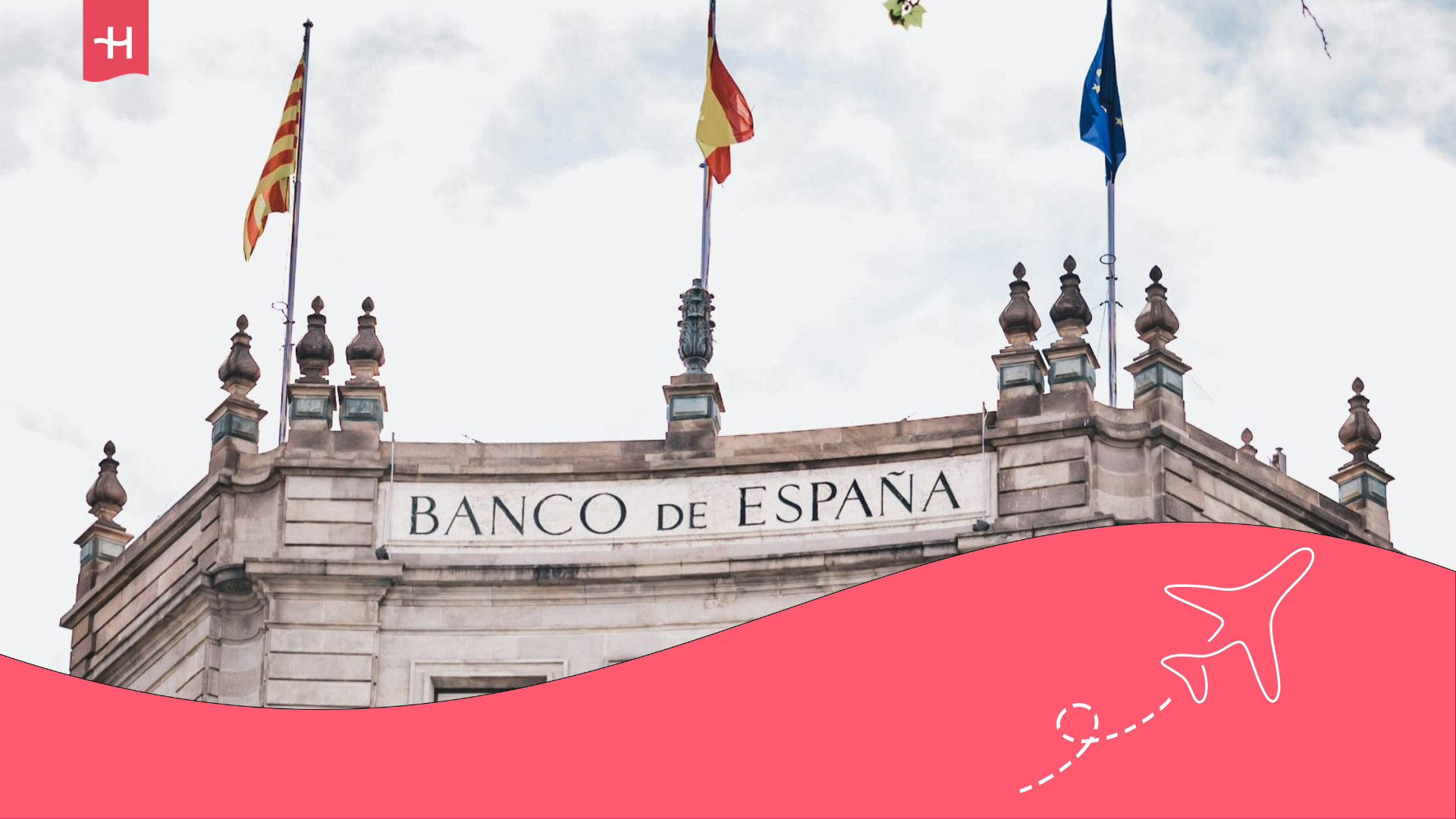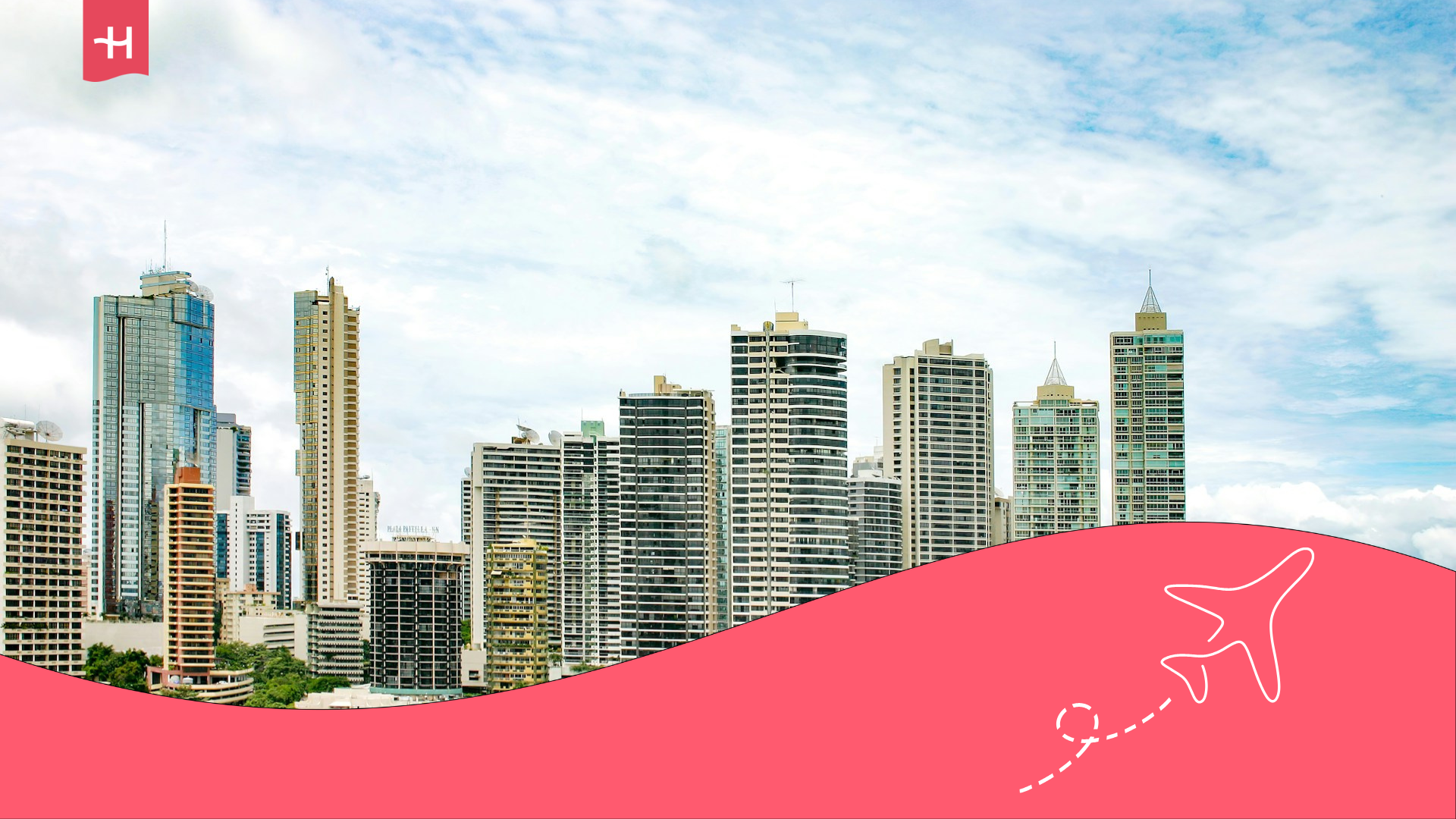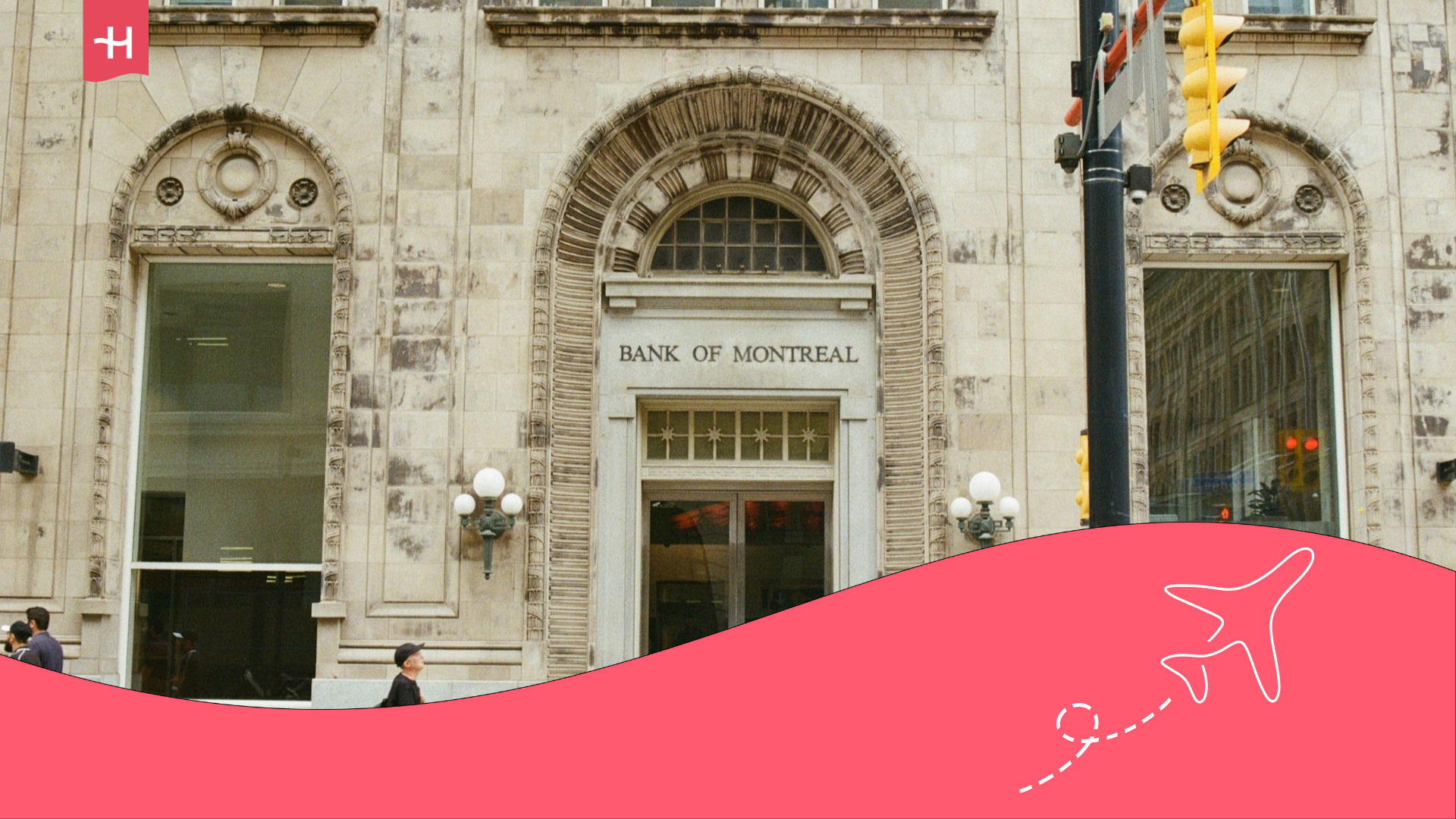Cost of living in Peru: Food, transport, and more
Here we explain the cost of living in Peru in 2025, so you can make an informed decision to move there if it's convenient for you.
This is your guide if you’re looking for valuable information about the cost of living in Peru to move there. We understand your reasons: its gastronomy, history, traditions, and native places are some of the most beloved attractions for locals and visitors. In this article, you’ll discover how much it costs to live in Peru during 2025, with prices in dollars and euros so you can calculate based on your currency. Keep reading, here you’ll find accommodation, food, transport, health, internet, and leisure costs.
The cost of living in Peru largely depends on lifestyle, financial decisions, and money management. Here we’ll provide a basic estimate that ensures a stable and healthy quality of life.
Average cost of accommodation in Peru
Lima, as the capital, has the largest housing supply but also the highest prices. Districts like Miraflores, Barranco or San Isidro, popular among digital nomads, usually include services such as security, cleaning, or coworking access in colivings.
Here’s the price range in main cities like Lima:
- One-bedroom apartment in city centre
Monthly rent around 1,675 soles ($442 / €403). - One-bedroom apartment outside centre
Approximately 1,125 soles ($297 / €271). - Three-bedroom apartment in city centre
About 2,978 soles ($785 / €716). - Three-bedroom apartment outside centre
Around 1,943 soles ($512 / €467).
Cities like Arequipa, Cusco, and Trujillo have lower living costs, with rents 20%–40% cheaper. For example, a one-bedroom apartment for backpackers ranges $300–400 monthly (€274–365). These cities are excellent options for those seeking quieter places, good quality of life, and proximity to nature.
Food costs in Peru
One of Peru’s greatest attractions is its gastronomy. Not only for its cultural richness and taste but also because eating well is affordable. In local markets, you can find fresh fruit, vegetables, and meat at lower prices than supermarkets. It’s common for locals to shop there weekly.
Supermarket prices (international chain or market)
International chains like Tottus, Wong or Plaza Vea offer greater variety and imported products at higher costs. However, supply in general is good and there are options for every budget.
Here are average prices in Lima:
- Milk (1 L): 4.20 soles ($1.10 / €1.00)
- Eggs (dozen): 9 soles ($2.36 / €2.15)
- Pasta (500 g): Approx. 4–6 soles ($1–1.60 / €0.90–1.45)
- Chicken (1 lb/0.45 kg): 8.08 soles ($2.12 / €1.93)
- Beef (1 lb): 14.08 soles ($3.70 / €3.37)
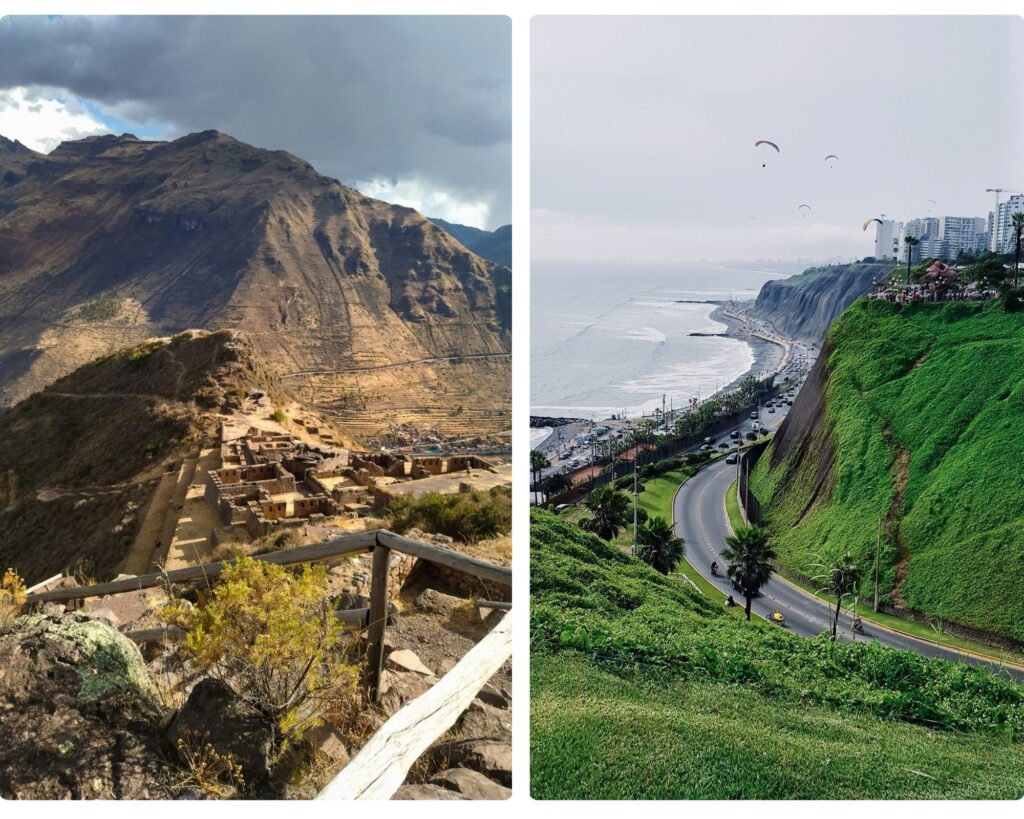
Restaurant food for residents
Eating out is also very affordable. The so-called “menús del día” are common nationwide, especially in residential neighbourhoods. For a fixed price, they include soup, main dish, drink, and sometimes dessert.
This allows many residents, including foreigners, to have daily lunches out without breaking the budget.
- Budget breakfast: Approx. 6–10 soles ($1.60–2.60 / €1.45–2.37).
- Lunch (menu of the day): 12–15 soles ($3.15–3.95 / €2.85–3.58).
- Simple dinner: Around 15–20 soles ($3.95–5.25 / €3.58–4.75).
In mid-range restaurants, dinner for two people costs 100–140 soles ($26–37 / €24–34) with several courses.
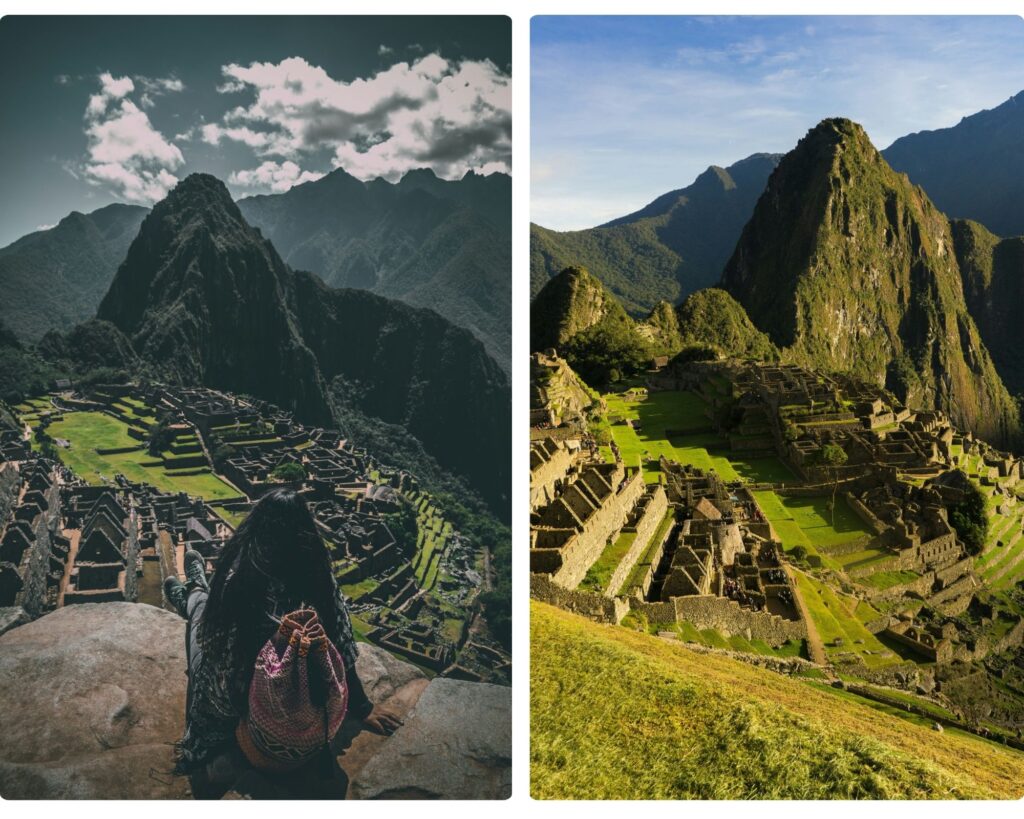
Transport prices in Peru
Moving around Peru is very cheap, though it depends on transport type and city. Lima is chaotic at rush hour. Although there’s the Metropolitano and Metro Line 1, the rest of the bus system is decentralised and confusing for newcomers. Still, it’s functional and cheap.
Apps like Uber, Cabify, or InDrive are popular in big cities because they offer more safety, especially at night. On local or interurban routes, colectivos or combis are still used, traditional transport connecting neighbourhoods and towns to cities.
- Public transport (Lima)
- Urban bus: 0.50–1.50 soles ($0.13–0.39 / €0.12–0.36) per trip.
- Metropolitano (BRT bus): 3.50 soles ($0.89 / €0.81).
- Metro (Line 1): 1.50 soles ($0.38 / €0.35).
- Taxis and apps (Lima)
- Traditional taxi: 3–10 soles ($0.80–2.60 / €0.75–2.40) per short ride.
- Metered taxi: Base fare 12 soles, plus 8 soles per km ($1–1.20 per km).
- Apps like Uber or Cabify: $2–6 (€1.80–5.40) per ride in urban areas.
- Special transport and bicycles
- Shared taxi: 1–3 soles ($0.26–0.78 / €0.24–0.72).
- Citybike (Miraflores): Daily pass, unlimited, 30 mins per use around 4.50 soles (estimated value).
If you plan to stay longer and rent or buy a vehicle, consider petrol, insurance, and maintenance. Driving informality is high, so many foreigners avoid driving in Lima. In other cities, it’s calmer.
- Petrol/electric vehicle
- Petrol: Around 4.50–5 soles per litre ($1.15–1.28 / €1.05–1.20).
- Insurance and popular new car
- Mandatory SOAT insurance: 100–150 soles yearly ($25–38 / €23–35).
- Popular car (Toyota Yaris or similar): new around $18,000–20,000 (€16,200–18,000).
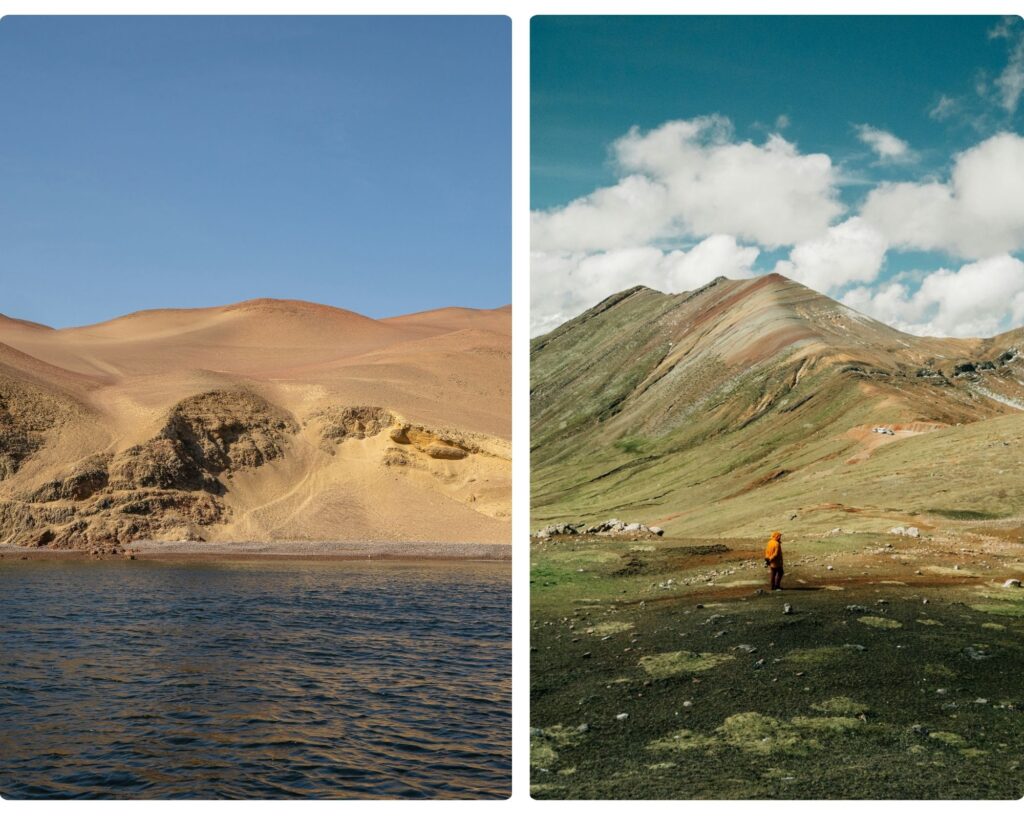
Healthcare costs
Peru has a mixed health system: public, private, and semi-private. EsSalud is the main public provider, but waiting times can be long.
Foreigners with formal jobs can access this system, though many people choose private insurance for faster and more personalised care.
Private medicine is more expensive but far more efficient. Lima’s clinics like Anglo Americana, San Pablo, or Internacional have good reputations, English-speaking doctors, and specialised care. Basic consultations, even without insurance, remain affordable compared to the US or Northern Europe.
Another advantage: many common medicines are sold without prescription at low prices. This helps if you have chronic conditions or need ongoing care.
- Private health insurance
- Plans from 300–400 soles monthly ($78–104 / €72–96) for young adults (18–25 years).
- Companies like Pacífico offer plans from 5.82–10.76 soles daily ($1.50–2.80 / €1.35–2.60).
- Consultation and procedure prices
- General consultation: 50–100 soles ($13–26 / €12–24).
- Routine dental consultation: 70–150 soles ($18–39 / €17–37).
- Over-the-counter medicines
- Ibuprofen (20 tablets): 10–15 soles ($2.60–3.90 / €2.40–3.60).
- Paracetamol (20 tablets): 5–10 soles ($1.30–2.60 / €1.20–2.40).
Internet and call plan prices
Peru has acceptable digital infrastructure, though gaps remain between the capital and provinces. In Lima, fibre-optic is fully available in districts like Miraflores, San Isidro, or La Molina.
For remote workers, speeds of up to 2,500 or 5,000 Mbps are more than enough for video calls, file transfers, or streaming. In other cities, speed varies, so check with locals before renting.
Prepaid mobile plans are popular among newcomers as they provide data and calls without contracts. Operators also offer postpaid plans with unlimited data at good prices.
A practical alternative for travellers or temporary stays is the Holafly eSIM for Peru. It lets you activate internet without a physical SIM and avoid roaming charges or buying a local chip. You can also use Holafly monthly plans, which include unlimited data and allow sharing your connection across several devices in hundreds of destinations.
- Fixed internet (fibre optic)
- Claro:
- 2,500 Mbps for 250 soles monthly ($64 / €58).
- 5,000 Mbps for 500 soles monthly ($128 / €117).
- Claro:
- Mobile plans (minutes and data)
- Prepaid: 20–30 soles monthly ($5–8 / €4.50–7) with limited data.
- Postpaid: 60–120 soles monthly ($15–30 / €14–27) with unlimited data and calls.
Important: If you are a frequent traveler and want to stay connected without worrying about expensive roaming or looking for a new SIM at every destination, Holafly’s subscription plans are for you. With a single eSIM, enjoy internet in more than 160 countries for a fixed price and no surprises on your bill. Travel without limits and connect easily and securely! 🚀🌍

Leisure activities cost in Peru
A big advantage of living in Peru is that leisure activities do not depend on your budget: there are walks along the Miraflores promenade and free cultural festivals in the squares. Many tourist activities have special prices for Peruvian residents or students, which further reduces the cost.
There is also a strong cultural life: theatres, concerts and exhibitions are available at affordable prices, especially in Lima and Cusco. Cinema tickets are cheap, and streaming platforms remain the most common form of home entertainment.
For those who want to explore the country, domestic travel by bus or plane is affordable, and there are many short routes that allow for weekend trips without breaking the bank.
As you can see, in Lima and other major cities, leisure prices are generally affordable:
- Cinema: General admission around 15 to 20 soles ($3.95 to $5.25 / €3.60 to €4.75).
- Zoo (Parque de las Leyendas, Lima): Admission for adults 15 soles ($3.95 / €3.60), for children (aged 3 to 12) 8 soles ($2.10 / €1.90), senior citizens 4 soles ($1 / €0.90).
- Museums and archaeological tourist sites: For example, at the Larco Museum, Huaca Pucllana and Pachacamac, admission ranges from 10 to 35 soles ($2.60 to 9.15 / €2.40 to 8.40 ).
- Magic Water Circuit in Lima: 4 soles ($1.05 / €0.95) for adults.
- Sightseeing tour (Cusco, Sacred Valley): ‘Tourist ticket’ type tickets, the classic Cusco ticket costs 130 soles ($13 / €13) and gives access to more than 16 sites for 10 days. There are also partial tickets starting at 70 soles ($7 / €7).
Frequently asked questions about the cost of living in Peru
A person can live comfortably on a budget of between $1,000 and $1,500 per month, depending on the city and lifestyle.
Foreigners can access it but without full free coverage. Local rates usually apply and private insurance is recommended.
Fixed internet can be found from 250 soles per month ($64 / €58) for 2,500 Mbps (Claro). Mobile plans range from $5 to 30 per month (€4.5–27). Holafly eSIM day-to-day for $6 to $8 per day (€5.5 to €7.5).
Cultural and entertainment options are very affordable. Consider spending between $40 and $60 per month on leisure activities such as cinema, museums, parks and outings.





 Language
Language 


















 No results found
No results found



